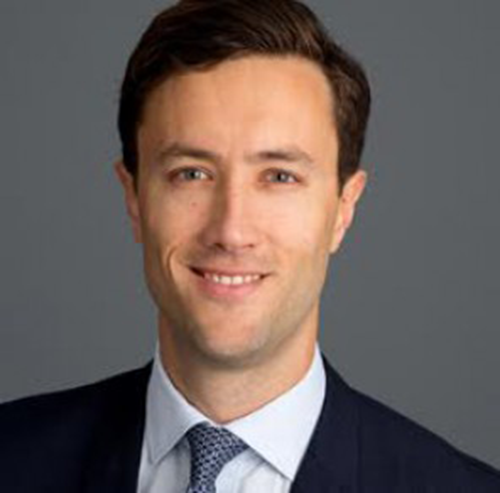As the industry comes to terms with the modifications on Regulatory Technical Standards (RTS) proposed by the ESAs under the Priips review, SRP caught up with Fredrik Bonthron (pictured), head of the Swedish structured product association (SPIS), to discuss the current regulatory environment and the top items in the trade body’s agenda.
Can the different regulatory pieces (Prospectus Regulation, Mifid 2, Priips, IDD and Ucits) be put under the CMU 2.0 framework now that there is evidence of crossover/overlapping between some of the different guidelines?
Fredrik Bonthron: They should be. In our experience, contradictory, overlapping and complex disclosure requirements may discourage retail clients from investing in financial instruments. Therefore, the CMU 2.0 should include a horizontal review of the pre contractual disclosures to retail clients in EU financial legislation, ie covering the Prospectus Regulation, Mifid II, Priips, IDD and Ucits on an appropriate legislative level.
It is important that proposals for legislative amendments are made subject to in-depth consultations with stakeholders
In order for such a long-term review project to be successful, it is important that proposals for legislative amendments are made subject to in-depth consultations with stakeholders as well as consumer testing activities.
Given the experience with the Priips regime, is it possible to create a level playing field for different asset classes?
Fredrik Bonthron: The aim to do so certainly is admirable and well-intended. But this has also proven too be one of the main challenges of the Priips regulation since it has become clear that it is very hard to create a completely level playing field for such different instruments.
The fund industry for obvious reasons wants to be able to show past performance, but it makes no sense for structured products since past performance would have to be simulated. So, the aim should be to find the “least common denominator” to enhance comparability, but without doing so at the cost of precise and adequate information.
What’s on SPIS’s agenda for the next few months?
Fredrik Bonthron: SPIS has agreed to impose a common SPIS classification or naming of products meaning that all structured products with the same EUSIPA code shall have the same name with all members. Of course, all members are free to put their own name on their respective products in addition to this, but the SPIS name should be the same for all.
We have taken this decision to further increase comparability and make it easier for investors to get a sense of the product universe. Going forward the fact that there is a common naming will of course also make it easier for SPIS to talk about the products as well as the market with regulators, media and the general public.
Where is the Swedish market going?
Fredrik Bonthron: As you know, the Swedish market has struggled a bit in the past few years with volumes decreasing and a few players leaving the field. But the landscape is still competitive, and both the products and the market continue to evolve. At this stage it is more a competition to get structured products back at the table with the other investment alternatives - making them a natural part of the investment universe - than it is a matter of competition between different structured product providers.
In order for structured products to grow in Sweden, the products need to be considered as a natural part of the investment universe, not as standalone products
How can the association help grow the market?
Fredrik Bonthron: By working to increase transparency, comparability and understanding of structured products. The common naming is one example that will reduce uncertainty and increase comparability and hopefully understanding. We also need to be better at finding ways of showing how structured products can contribute to investor portfolios by bringing to the table characteristics that are hard to find in other types of investments.
In order for structured products to grow in Sweden, the products need to be considered as a natural part of the investment universe, not as standalone products.
Is education a priority for SPIS?
Fredrik Bonthron: Education is definitely a priority and something that we are, and have been, doing in various ways. SPIS has produced educational videos describing structured products and how they work. These videos are available on our webpage and are also used by some of our members. SPIS also holds presentations for relevant stakeholders and the authorities from time to time and tries to make sure that information about structured products out there is correct.
Still, there is much more to be done. Understanding of structured products in Sweden still needs to improve a lot more for retail investors to consider structured products a natural part of the investment universe.
